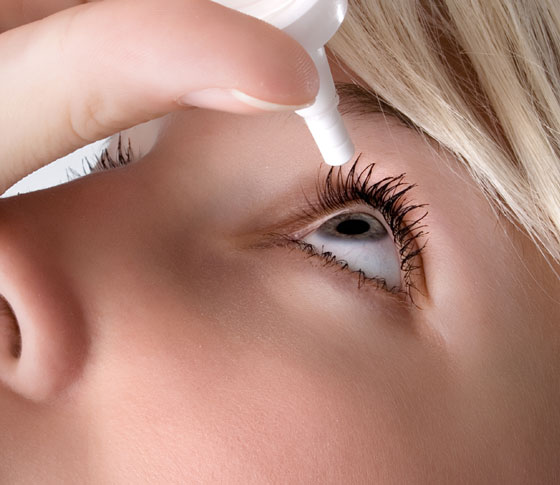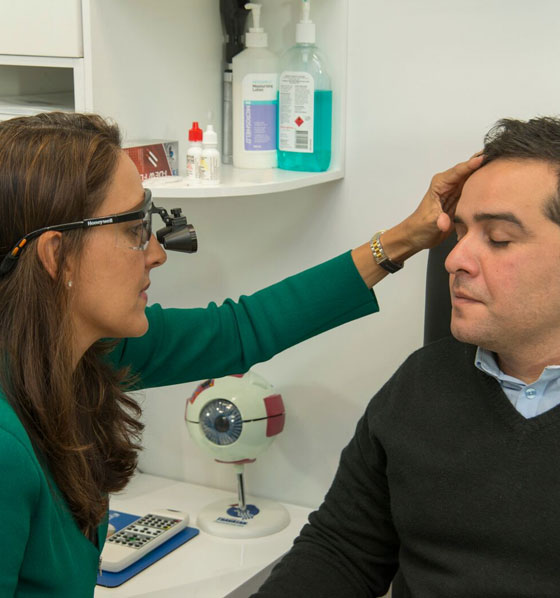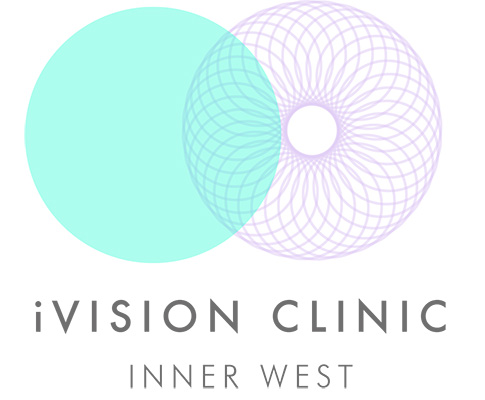What is Dry Eye?
Dry eye occurs when there is reduced production of tears or the quality of the tears produced is poor. Tears are very important for the health of the eye. They wash away foreign substances and keep the eye moist and lubricated. Dry eye is very common – affecting 10% of the Australian population and can develop into a chronic problem.
What are the Risk Factors & Causes?
- Reduced Tear Production – associated with age
- Dry, windy or dusty environments
- Systemic Disease – including rheumatoid arthritis, Sjogren’s syndrome, eczema & lupus
- Medication – including anti-depressants, anti-histamines, sleeping pills & cold and flu medication
- Reduced blinking – common in office or computer based occupations
- Contact lens wear
- Smoking
- Previous laser refractive surgery


What are the Symptoms of Dry Eye?
- Burning
- Grittiness
- Itchiness
- Dryness
- Foreign Body Sensation
- Tired Eyes
It is very often that the eyes appear very watery as tears flood the eyes to try to reduce the dryness. You may think that this should solve the underlying problem but it doesn’t.
What is the Treatment for Dry Eye?
It is important to understand that dry eye cannot be cured but it can be managed. The management for dry eye varies greatly depending on the severity of the condition. Simple lifestyle factors such as wearing sunglasses while outside, avoiding dry, dusty environments and blinking frequently when using computers and other screen devices may manage mild cases. There is a wide variety of lubricating eye substances available over the counter at pharmacies to relieve dry eyes. These range from watery eye drops to more vicious lubricating ointments. Your doctor may also decide to alter your medications if they believe these are contributing. Other supplements such as fish oil and flaxseed oil are beneficial. In more severe cases medicated eye drops may be prescribed or punctal plugs may be inserted to block tear drainage.
